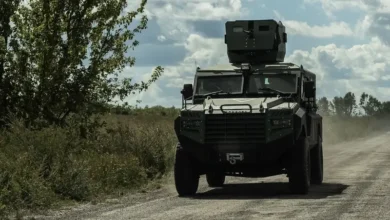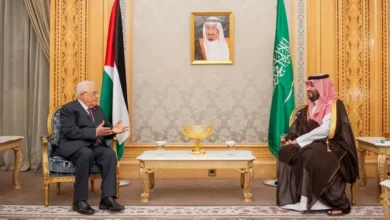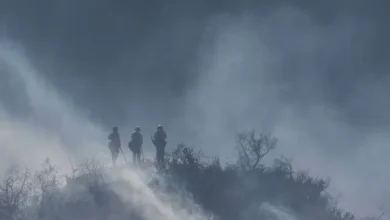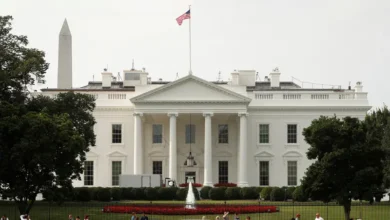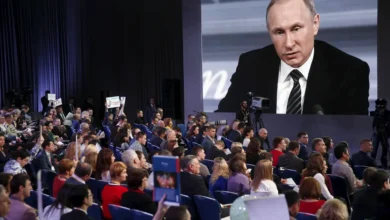Why did Russia sell Alaska to the United States?
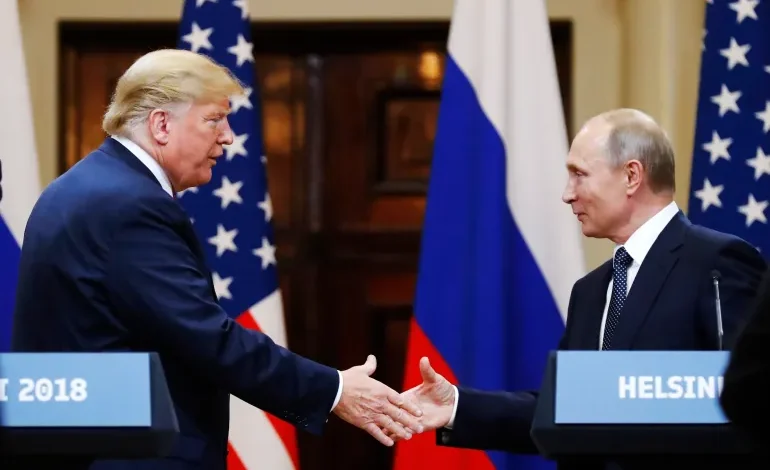
Alex Kozul-Wright
United States President Donald Trump and his Russian counterpart Vladimir Putin are set to meet in Anchorage, Alaska, on Friday to discuss how to end the war in Ukraine.
On Wednesday, following a virtual meeting with European leaders including Ukrainian President Volodymyr Zelenskyy, Trump warned of “severe consequences” if Putin refuses to accept a ceasefire after more than three years of war.The venue for the high-profile meeting is Joint Base Elmendorf-Richardson, a US military installation on the northern edge of Alaska’s most populous city.
Joint Base Elmendorf-Richardson is Alaska’s largest military base. The 64,000-acre outfit is a key US site for Arctic military drills and readiness.When did Russia assume control of Alaska?
When Russian Tsar Peter the Great dispatched the Danish navigator Vitus Bering in 1725 to explore the Alaskan coast, Russia already had a high interest in the region, which was rich in natural resources – including lucrative sea otter pelts – and sparsely populated.Then, in 1799, Emperor Paul I granted the “Russian-American Company” a monopoly over governance in Alaska. This state-sponsored group established settlements like Sitka, which became the colonial capital after Russia ruthlessly overcame the native Tlingit tribe in 1804.Russia’s Alaskan ambitions, however, quickly faced numerous challenges – the vast distance from then-capital St Petersburg, harsh climates, supply shortages, and growing competition from American explorers.
As the US expanded westward in the early 1800s, Americans soon found themselves toe to toe with Russian traders. What’s more, Russia lacked the resources to support major settlements and a military presence along the Pacific coast.
The history of the region then changed dramatically in the mid-19th century.
